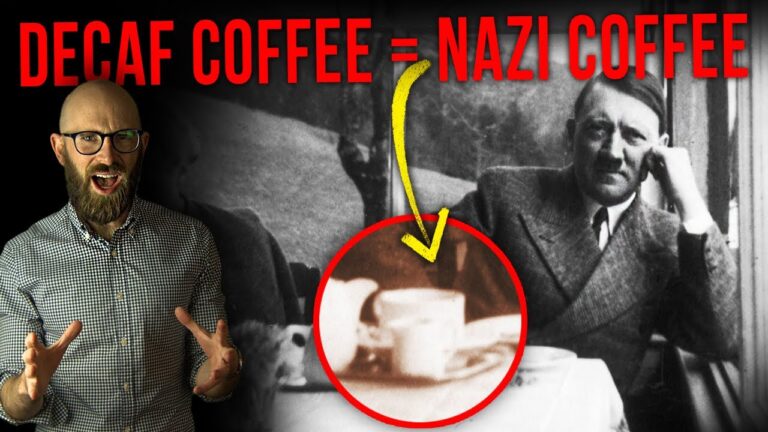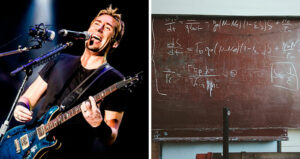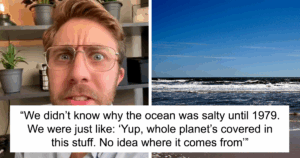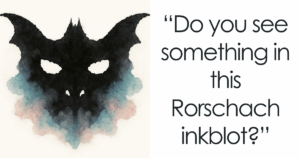“Unveiling the Secrets: How Your Favorite Drinks Lose Their Kick Without Losing Flavor!”
And despite his steadfast support of Hitler and his many attempts to join the Nazi party, Ludwig Roselius was never accepted as a party member for a number of reasons. For example, in 1932 – just prior to the Nazis’ rise to power – Kaffee HAG advertised its coffee as being Kosher and stated that:
“Anyone who drinks Kaffee HAG is dear and important to us. Which political affiliation or creed he is, is for us completely irrelevant.”
Furthermore, Roselius was a Freemason, supported various artists known to be members of the Communist Party, and patronized architectural projects frowned upon by the Nazi party. And while Third Reich health policies certainly played a large role in Sanka’s success in Germany, some historians have pointed out that similar Nazi campaigns against tobacco and alcohol were largely unsuccessful. Sanka’s appeal, they argue, lay more in its status as a luxury product, costing three times as much as regular coffee.
Nor did Kaffee HAG’s affiliation with the Nazis affect its popularity elsewhere. Indeed, Sanka is still sold around the world to this day, being a subsidiary brand of the Kraft Heinz multinational food corporation. Interestingly, in addition to being the first successful brand of decaf coffee, Sanka played another, influential role in modern coffee culture. To help its product stand out, Kaffee HAG sold Sanka in glass jars with distinctive bright-orange labels. During the First World War, the American subsidiary of Kaffee HAG was confiscated by the Office of Alien Property Custodian and turned into an independent American company, which in 1932 was purchased by General Foods. To help promote its new product, General Foods distributed coffee pots to cafes and restaurants across the country with handles or lids painted bright orange. This practice made it so easy for waitstaff to distinguish between regular and decaf coffee and became so ubiquitous that to this day orange coffee pots are universally associated with all decaf coffee – not just Sanka. And for more on another popular beverage that originated in the Third Reich, please check out our previous video How World War II Created One of the World’s Most Popular Soft Drinks.










